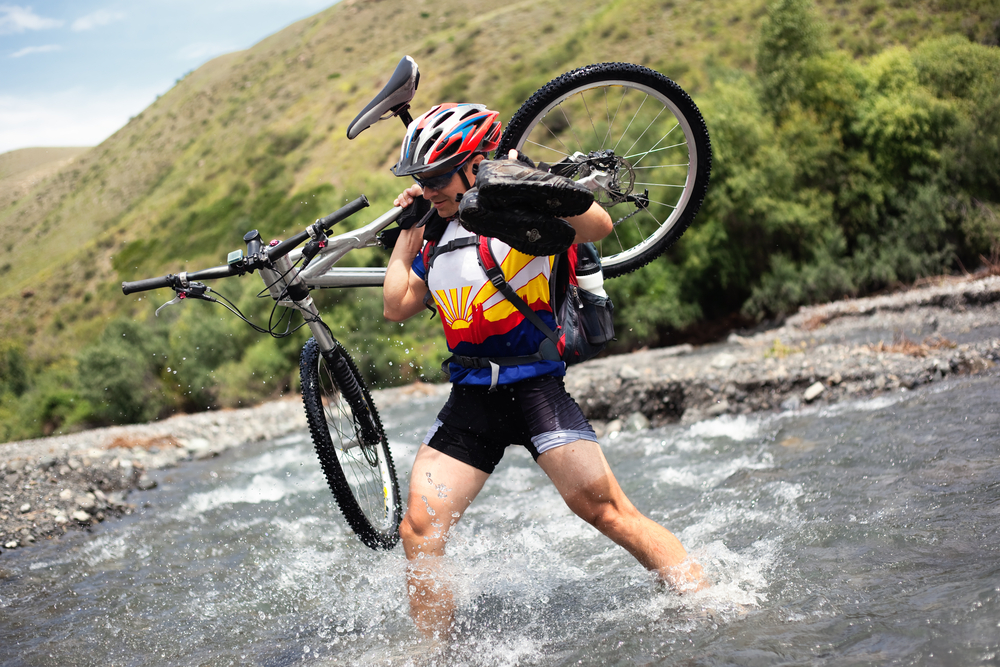If you like a genuine challenge that will take you hundreds of miles through the most demanding conditions planet Earth can throw at you in pursuit of glory and victory, then adventure racing might just be the thing for you. Adventure racing is the pinnacle of extreme outdoor activities, combining racing as a sport with the survival aspect of trekking or crossing large distances of land in the wilderness. Adventure Racing is certainly not for everybody, and it needs teams of hardened warriors, but the gains are worth it. Keep reading if you believe you have the will, endurance, patience, strength, and speed!
What Is Adventure Racing?
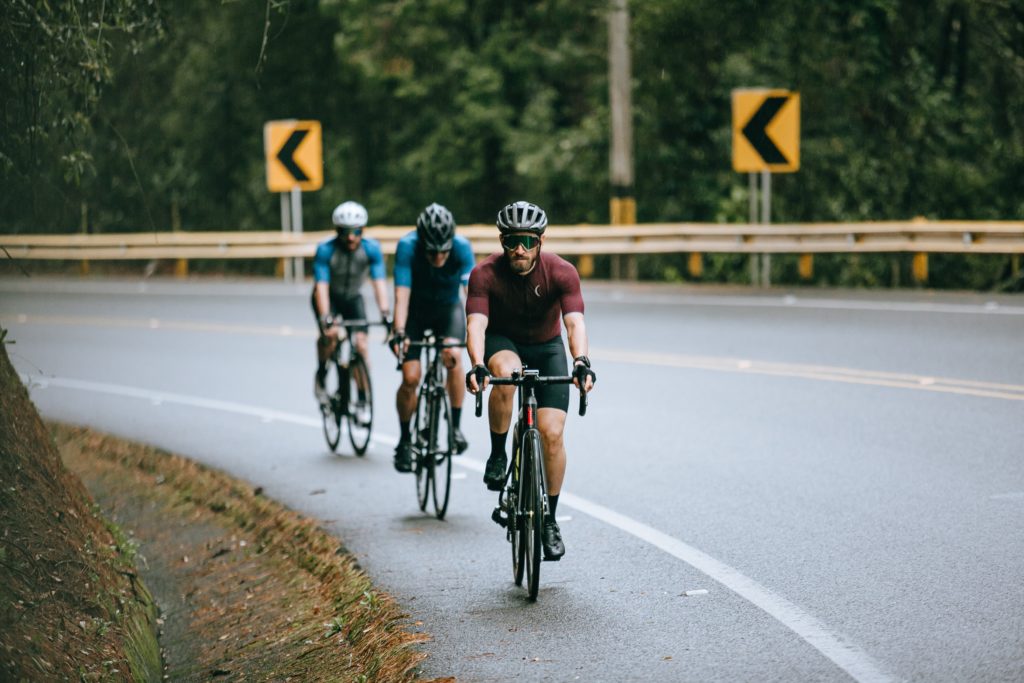
Adventure racing is a multi-hour or multi-day expedition-like race involving several endurance sports, mainly kayaking, mountain biking, and trekking. While completed in groups, there are some individual competitions. The goal of the race is for the team to cross these great distances while sustaining themselves. These distances mean the team has their food and supplies with them and must rely on themselves to finish. It’s grueling, intense, long, and tests the limits of human potential. Other sports can include running, orienteering, climbing, abseiling, and more.
Adventure racing tests your physical prowess and mental skills, like navigation, problem-solving, and finding shortcuts. Perhaps the essential skill of adventure racing is teamwork. Without teamwork, there is no way you can win and get to the finish line, so you will have to coordinate with every person in your team to share each other’s strengths and make it together.
When Did Adventure Racing Start?
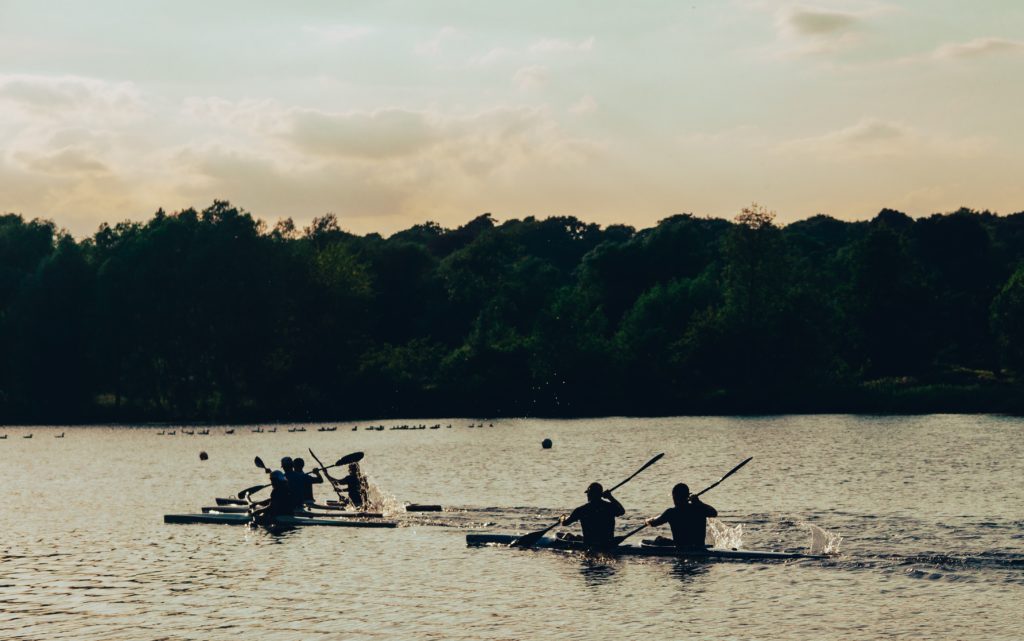
The beginnings of adventure racing date back to 1968, with the Karrimor International Mountain Marathon. This two-day event involved two teams racing through rough terrain while carrying enough supplies to sustain them throughout the race. The rules were simple: Have your supplies, camp overnight, and beat the other team. It was intended as an orienteering test and became an annual hit.
Other events that sparked adventure racing include the Alpine Ironman in 1980, which involved running, paddling, and skiing. In 1982, the Alaska Mountain Wilderness Classic had a 150-mile distance with no roads. 1989 is considered the beginning of the modern-day adventure race, with the launch of the Raid Gauloises. The race was just like an old expedition, covering over 400 miles that would require several days of racing, incorporating orienteering, mountain biking, and rafting. The 90s and early 2000s saw adventure racing taking America by storm, with several competitions taking place after their success in other countries.
How Does Adventure Racing Work?
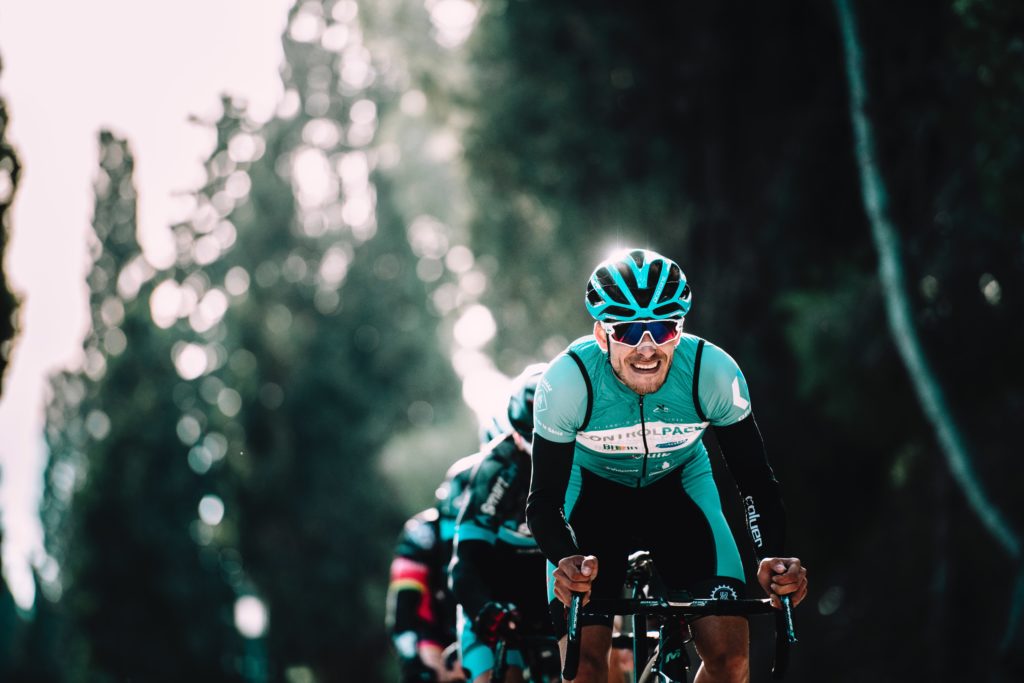
The inner workings of adventure racing may be a bit complex, but they are worth it. Each race will have its own course, and sometimes these courses change. The course is obviously unmarked since the teams must find their way and navigate using their skills to beat each other. This requires the usage of maps and specific navigators on the team that will figure out how and where to move. However, there are checkpoints the team must get to before moving to the second one, like a videogame, just way, way harder.
Nowadays, the course itself is divided into three main disciplines: Kayaking, mountain biking, and trekking. For example, the course may start with only a few kilometers (or a few hundred kilometers) of mountain biking. Then, the team will have a checkpoint to rest, resupply, change equipment, and prepare for the next discipline. Other than these little points between each discipline, it falls on the team’s shoulders to plan their downtime like sleeping, eating…etc.
Once one team has passed the finish line after going through all the checkpoints, they win! The checkpoints ensure that no one can easily cheat their way to the finish line. How are all of these teams monitored? Using GPS. If the race is also online for viewers, the GPS helps them see where their team is and root for them.
Types of Adventure Racing
Adventure racing isn’t just the multi-day expedition races. There are several types ranging from simple to extreme, so they can meet anyone’s skillset and level.
1-Sprint Races

Sprint races come from their name. Even though they are still a full adventure race course with the three disciplines, it’s usually much shorter and much faster. A sprint race only lasts a few hours (2-6), and the entire goal is SPEED. The courses are easier since they don’t test your navigation, teamwork, and planning as much as they test just how fast you can go. Does that mean they are more accessible than traditional expeditions? Well, that’s up to you and your strengths.
Sprint races are made for everyone, and their difficulty ranges from very easy and accessible to very difficult. The teams are also usually made up of two people, much smaller than the expedition races. Some sprint races are also individual. The races are always held during the daytime and are the best entry point to adventure racing. If you’re a beginner wanting to break into adventure racing, finding an obstacle-free, navigation-free sprint race might be your best option. Just make sure you go FAST.
2-Multi-Day Races

The multi-day races are the sweet spot between the short spring and grueling expedition races. With these races, you have a few options: 12-hour, 24-hour, and 48-hour races. The races reach over 120 miles (200km). These races need more planning, skill, and strength than the short sprint races, but they are also more accessible than expedition races. Also, unlike the sprint races, the multi-day races go overnight and require that you have your gear for sleeping, eating, and surviving for over a day or two in the wilderness. Teamwork is also a significant factor here, but navigation and planning are still not that hard.
Multi-day races are a good idea if you want to try the sport but can’t commit to the several intense and exhausting days of the expedition races. Multi-day races are not aimed at beginners, but if you have a good team to help you out, you may try it. A popular multi-day race is the weekend race, where people participate after work or school. Make sure you know what you’re getting into because you will be sore on that first day back.
3-The Expedition Races

These are the meat and potatoes of adventure racing. This was where it started. It’s long, it’s hard, and it’s all about endurance. The teams are larger for expeditions, usually 4 people or more. The course is riddled with obstacles and challenges the teams have to work their way around. The expeditions can reach over 280 miles (450 kilometers) and usually take 3-7 days. There are no gadgets, devices, or electricity, just the team, and their willpower.
This is the peak difficulty, and it’s reserved for advanced and extreme athletes. Expedition races take a ton of training and honing your skills, and you probably shouldn’t attempt it if you’re just starting.
Is Adventure Racing Hard?
Now that you know about all three types of adventure races, the difficulty lies in your skillset. As we have mentioned, the expedition races are the hardest and should never be attempted if you are a beginner. Sprint races are the easiest ones (if you consider a 6-hour race easy), and while still difficult, the skillset required is attainable. If you have tried your hand (or legs, more accurately) at a few races or you will have someone advanced on your team, then go for the multi-day race.
How Do You Prepare For Adventure Racing?
Adventure racing is all about preparation. If you don’t prepare, unless you’re Superman, you’re probably not going to win. Here is how you do it:
1-Train For Each Discipline

This is obvious, but you need to have trained enough in all three sports (kayaking, trekking, mountain biking) to be able to participate in an adventure race. This will probably be the longest and hardest step, but you can do all three together. For example, take a day of mountain biking, followed by a day of intense hiking, and then finish off the week with some kayaking. Biking and kayaking are the hardest ones that require the most speed, so you should focus on these the most.
2-Train Smart

Okay, so you’re training, but what for? Training for an expedition will be different from training for a sprint race. For a sprint race, you want to prioritize speed over everything and get as fast as you can in short periods. On the other hand, if you’re training for an expedition, you need to work on your endurance and just how much you can bike, kayak and trek. Think of it like training for a dash vs. a marathon.
Even though the training should be intense, it should also be safe. Don’t push yourself too hard and definitely don’t train every day. Give your body enough time to relax, recover, and then hop back on. You can start with simple trails and terrain and move on to the harder ones over time.
It will take time, so you can’t rush any of this. Getting a trainer to train you will be even better, since they will give you a sense of what working within a team will be like.
3-Hone Your Other Skills
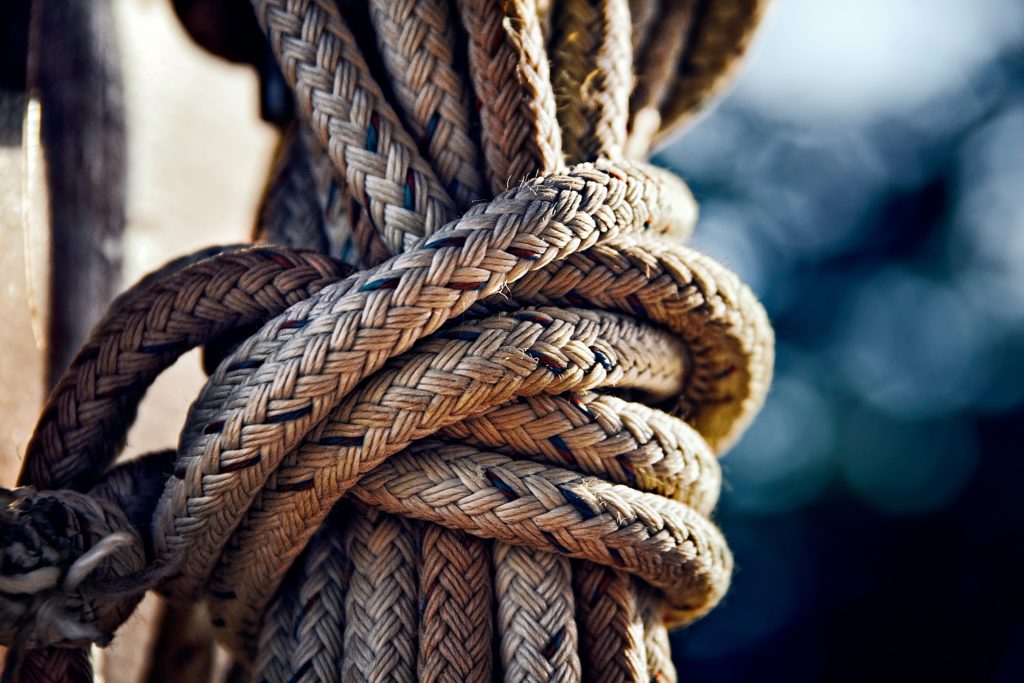
Adventure racing doesn’t just involve the disciplines, you need to learn A LOT more. For one, you should probably learn how to read a map and navigate. Other important technical skills include:
- Tying a knot.
- Fixing your equipment.
- Setting up to rest in the wild.
- Other basic survival skills.
4-Gear Up
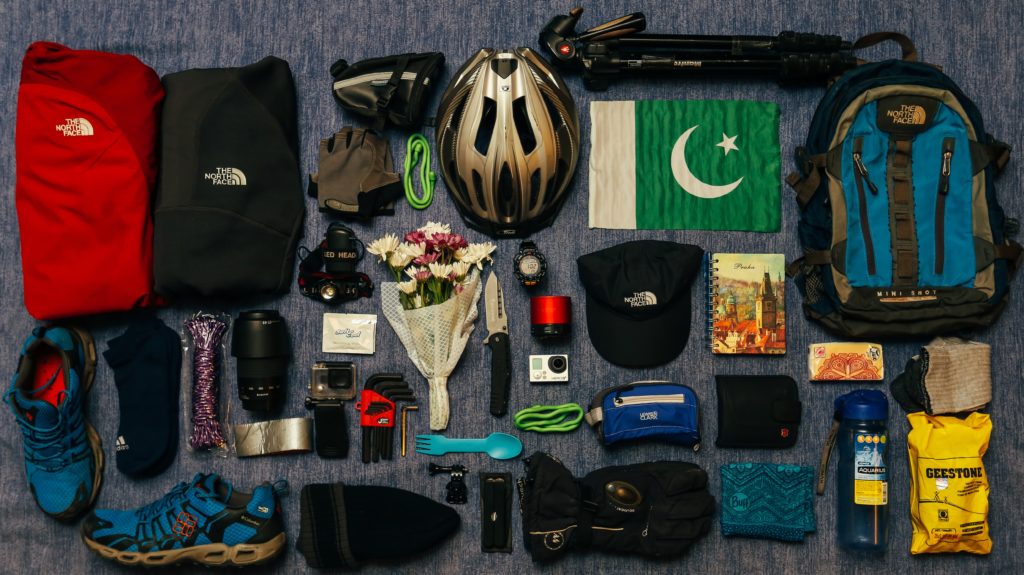
Depending on the kind of race, your gear will differ. If it’s a short sprint, you should pack light, and for food, just grab some quick energy, calorie-dense snacks that will get you through the hours. If it’s a multi-day or expedition race, you must bring a lot of food, water, and supplies. Cans, bars, and anything you can open and eat directly are your friends.
Pack as many extra socks as you can and maybe even another pair of shoes for clothes. Your clothes need to be light enough and protect you from the elements, like wool.
5-Bond With Your Team

Since you’ll be spending so much time with them and your success entirely depends on working together, you should probably meet your team and get to know them before the race starts. If you can train with your team, that would be even better. Each team member will have their role, like the navigator and the captain. The navigator is perhaps the most important team member, so making sure that he or she is on their A-game will prove very useful. Deciding who will do what and going over your plans is essential. There is also no room for fighting or arguments, so the more you bond, the closer you get, and the better your chances.
Conclusion
Overall, adventure racing is extremely exciting. Even though it sounds difficult, few sports push people to the peak of their abilities like it. Make sure you choose the right race for you, from a few hours to a few days, and train accordingly and extensively. Master the three disciplines of kayaking, trekking, and biking, and you will be on your way to the next iron man. Most importantly, with any sport, the more you do it, the better you get at it. Never give up even if you try and fail or feel like it’s out of your league. Everyone is a beginner until they are a master.
